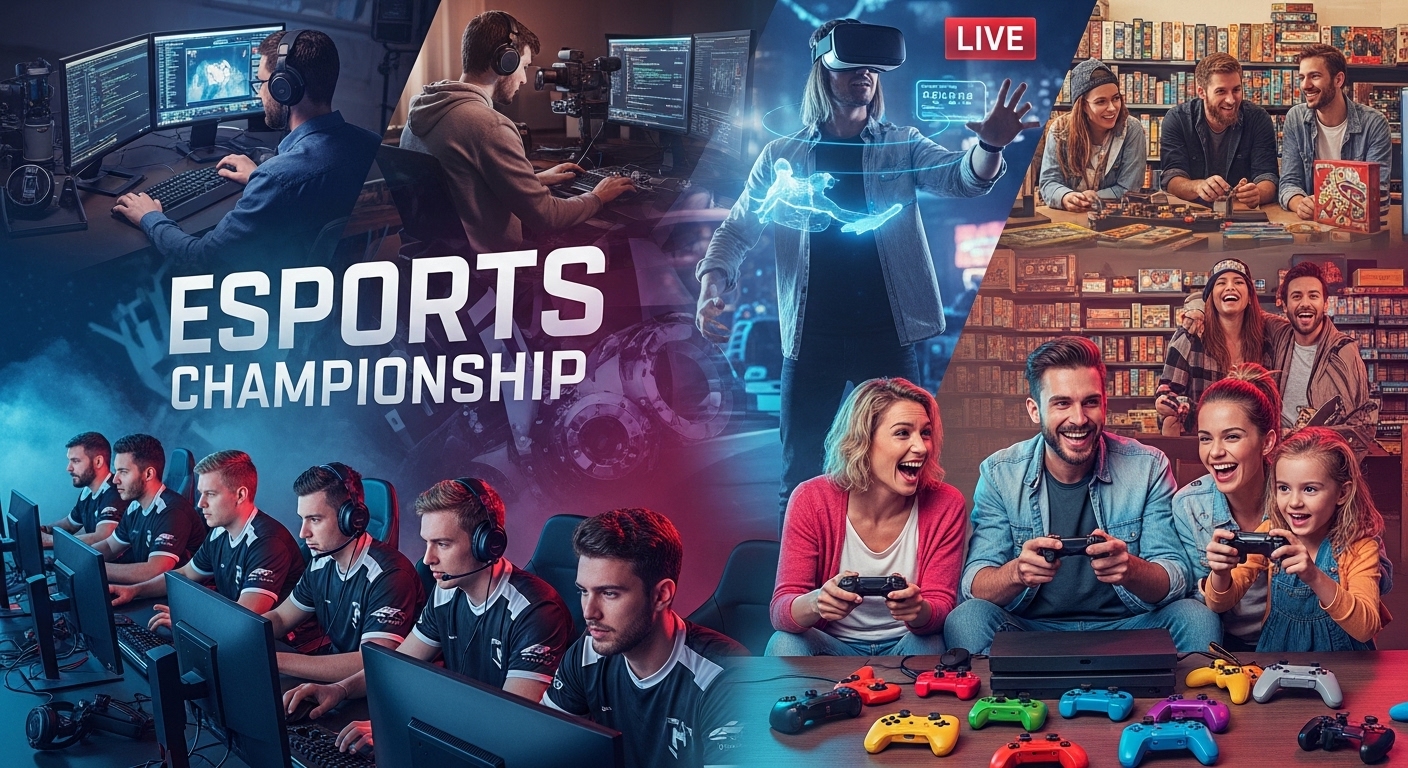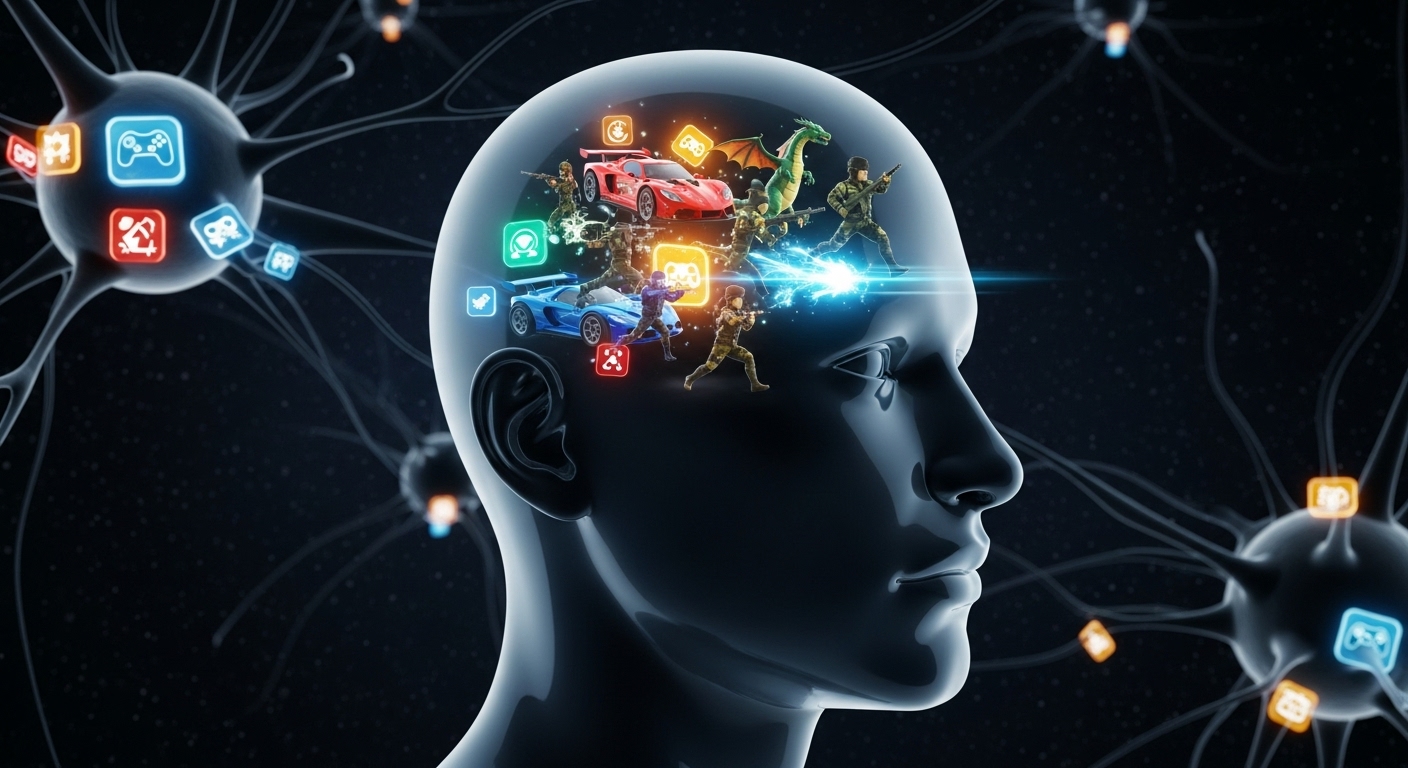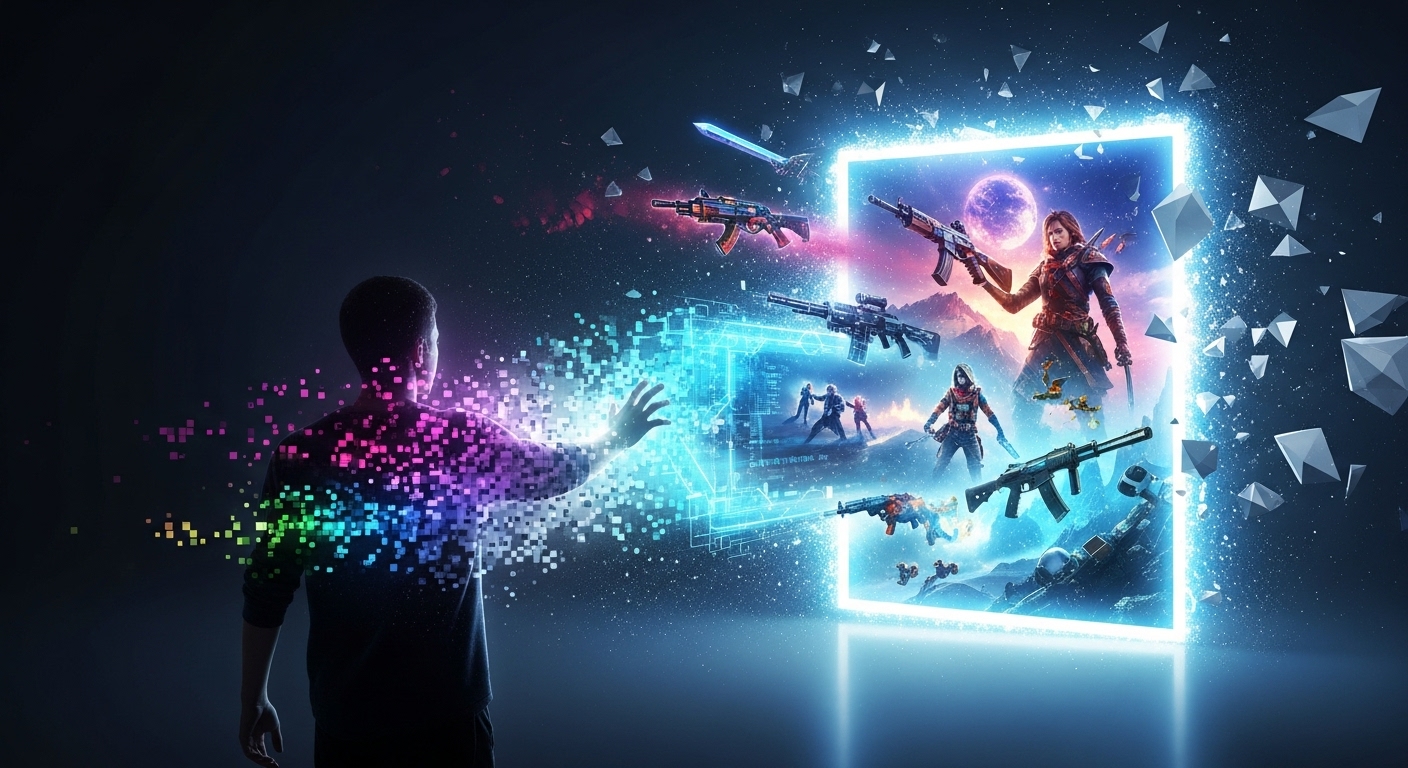Gaming is no longer just a pastime; it has become a cultural phenomenon, a form of art, and a massive industry that touches nearly every aspect of modern entertainment. From the simple pixelated games of the 1970s to today’s sprawling open-world adventures with photorealistic graphics, gaming has transformed in ways that were unimaginable just a few decades ago. This evolution is not merely technological but also social, creative, and psychological. In this blog post, we will explore the fascinating journey of gaming, its current state, the diverse genres that captivate millions, and its future prospects.
The Origins of Gaming
The roots of gaming trace back to the early experiments with electronic entertainment. In the 1950s and 1960s, computer scientists and hobbyists began developing rudimentary games like Tic-Tac-Toe on mainframes and simple interactive experiences like Spacewar! on early computers. These initial attempts were far from the immersive experiences we know today, but they laid the groundwork for what would become an entirely new medium.
The 1970s witnessed the birth of the arcade era, where titles like Pong and Space Invaders introduced competitive and addictive gameplay to the masses. Arcade halls became social hubs, and the concept of scoring high points created a culture around competition and skill mastery. Meanwhile, home consoles like the Atari 2600 allowed gaming to enter living rooms, democratizing access and solidifying gaming as a mainstream form of entertainment.
The Rise of Storytelling in Games
Initially, many games were simple challenges of reflexes and coordination. However, as technology advanced, developers began exploring the narrative potential of gaming. Role-playing games (RPGs) such as Final Fantasy and The Legend of Zelda in the 1980s and 1990s proved that players were ready for immersive worlds and complex stories. Unlike movies or books, games allowed players to interact with the story, make choices, and affect outcomes, creating a unique and personal engagement with the narrative.
Storytelling in games has continued to evolve. Modern titles like The Last of Us and Red Dead Redemption 2 demonstrate that games can rival novels and films in emotional depth. Developers now craft detailed character arcs, branching narratives, and morally complex decisions that make players feel as though they are part of a living, breathing world.
Gaming Genres: Diversity and Innovation
One of gaming’s greatest strengths is its diversity. The industry caters to a wide range of tastes, offering experiences that range from fast-paced shooters to relaxing simulation games. Let’s explore some of the most popular genres:
Action and Adventure
Action games emphasize skill, reflexes, and timing. Adventure games, on the other hand, often combine exploration, puzzle-solving, and narrative. The combination of these elements has produced timeless classics. Titles like Tomb Raider and Uncharted seamlessly blend thrilling combat with intricate storytelling, proving that action can be more than just mindless shooting.
Role-Playing Games (RPGs)
RPGs allow players to step into another character’s shoes, shaping their development through choices and interactions. Games like Skyrim and Cyberpunk 2077 offer expansive worlds where players can explore, fight, and socialize in unprecedented ways. The appeal lies in the freedom to create a unique experience, whether it’s customizing a character’s abilities or deciding how to approach critical missions.
Strategy and Simulation
Strategy games test intellect, planning, and resource management. Classics like Civilization and StarCraft require players to think several steps ahead, balancing risk and reward. Simulation games, such as The Sims or Cities: Skylines, offer players the chance to create and manage worlds, communities, and lives, appealing to those who enjoy creativity and control over virtual environments.
Sports and Racing Games
Sports and racing games capture the excitement of real-world activities. FIFA, NBA 2K, and Gran Turismo are not just games; they’re experiences that simulate real-life skills and competition. The appeal lies in authenticity and the thrill of mastery, whether it’s perfecting a free kick or shaving milliseconds off a lap time.
Multiplayer and Esports
The rise of multiplayer gaming has transformed how people experience games. Online platforms allow players to connect globally, creating communities and competitions that extend beyond local interactions. Esports, once a niche hobby, has become a billion-dollar industry, with professional players, massive tournaments, and dedicated fanbases. Games like League of Legends, Dota 2, and Call of Duty dominate the competitive scene, turning gaming into a spectator sport that rivals traditional athletics.
Gaming Culture and Community
Gaming has developed a culture all its own. Forums, streaming platforms, and social media have allowed players to share experiences, strategies, and fan creations. Twitch and YouTube Gaming have made watching others play a mainstream activity, and content creators now influence game popularity and trends. Cosplay, fan art, and conventions further cement gaming as a lifestyle rather than just entertainment.
The social aspect of gaming is also noteworthy. Multiplayer games foster collaboration, communication, and problem-solving. Online communities can create friendships and connections that span continents, demonstrating that gaming is not an isolating activity but often a highly social one.
Technological Advancements Driving Gaming
Gaming has always been closely tied to technology, and recent advancements have propelled the medium to unprecedented heights. Graphics, physics engines, and artificial intelligence have made virtual worlds more realistic and interactive than ever. Photorealistic visuals, dynamic lighting, and lifelike animations enhance immersion, while complex AI ensures that virtual opponents and environments react in believable ways.
Virtual reality (VR) and augmented reality (AR) have introduced entirely new dimensions to gaming. VR headsets like the Oculus Quest allow players to physically step into games, interacting with environments in ways previously impossible. AR games, such as Pokémon Go, merge digital elements with the real world, creating experiences that transcend traditional screens.
Cloud gaming is another revolutionary advancement. By streaming games directly to devices, players can access high-end titles without expensive hardware, making gaming more accessible and convenient. These technological leaps continue to blur the line between reality and virtual worlds, redefining what gaming can be.
The Psychology of Gaming
Gaming is more than just fun; it has significant psychological impacts. Studies show that gaming can improve cognitive skills such as problem-solving, spatial awareness, and strategic thinking. Certain games enhance memory and attention, while others foster creativity and adaptability.
However, gaming is also a medium for emotional expression. Players often form strong attachments to characters and stories, experiencing empathy, triumph, and grief in virtual worlds. Games can serve as safe spaces for exploration, experimentation, and socialization, offering experiences that are both entertaining and psychologically enriching.
Gaming as Art
The notion of games as art has gained acceptance over the years. Artistic design, narrative depth, and audio-visual composition make many games comparable to films or literature. Games like Journey, Shadow of the Colossus, and Ori and the Blind Forest are celebrated for their aesthetic beauty and emotional resonance, showing that games can evoke feelings and ideas as powerfully as any other art form.
Challenges in the Gaming Industry
Despite its growth, the gaming industry faces challenges. Issues like crunch culture, where developers work excessive hours to meet deadlines, have sparked debates about ethics and sustainability. Loot boxes, microtransactions, and predatory monetization practices have also drawn criticism for exploiting players. Balancing creative vision with financial pressures remains a delicate act for developers and publishers alike.
Additionally, gaming accessibility remains a concern. While technology has advanced, not all games are designed with accessibility in mind, limiting participation for players with disabilities. Efforts are underway to make gaming more inclusive, but there is still significant room for improvement.
The Future of Gaming
The future of gaming is both exciting and unpredictable. Artificial intelligence promises smarter NPCs, adaptive gameplay, and more personalized experiences. Procedural generation and machine learning could allow infinite, ever-changing worlds. VR and AR may become more integrated, offering experiences that are indistinguishable from reality.
Moreover, social integration will continue to shape gaming. Online ecosystems, cross-platform play, and immersive multiplayer worlds will likely dominate the next decade, transforming how we play and interact. Games may also continue to merge with education, health, and professional training, showing that their potential extends far beyond entertainment.
Conclusion
Gaming has grown from simple, pixelated experiments into a vast, immersive, and culturally significant medium. It combines technology, storytelling, art, and social interaction in ways that continually evolve and inspire. Whether you are a competitive esports player, a narrative-driven explorer, or a casual gamer, the world of gaming offers something for everyone.
The journey of gaming reflects the broader human desire for creativity, connection, and challenge. As technology advances and society continues to embrace this medium, gaming will undoubtedly shape the way we play, think, and interact for decades to come. The future is vast, immersive, and full of possibilities—an invitation to players everywhere to explore, create, and experience worlds beyond imagination.



